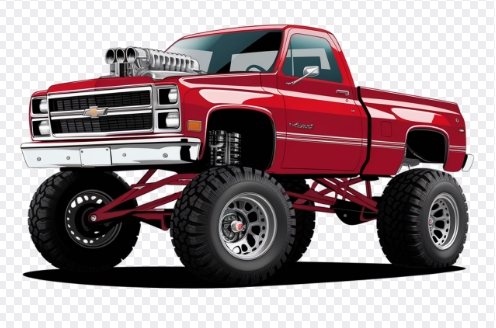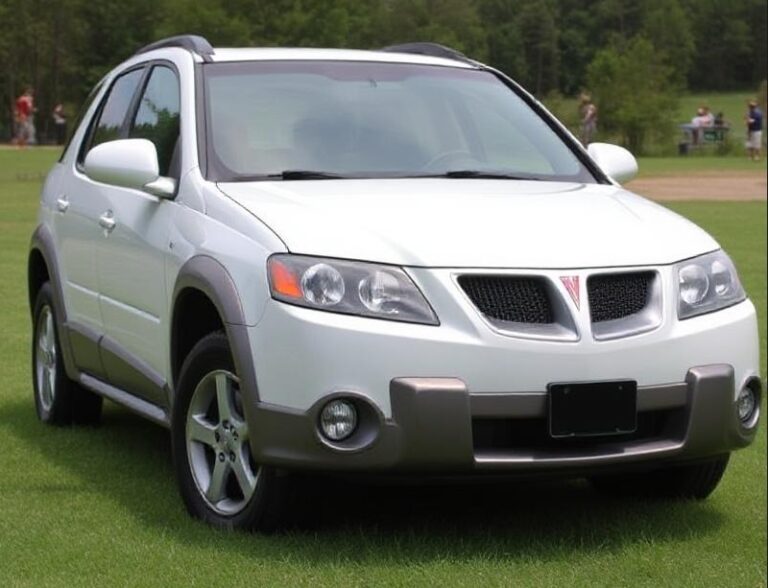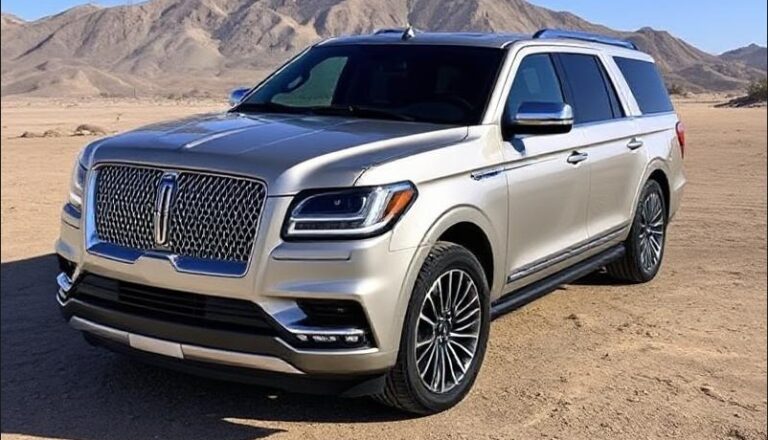The Evolution of the Ford Econoline Van
The Ford Econoline van, known for its versatility and durability, has been a cornerstone of commercial and personal transportation since its introduction in the early 1960s. Its evolution reflects changes in consumer demand, advancements in automotive technology, and shifting market trends. This article delves into the history of the Ford Econoline van, outlining its various models, trim levels, and significant developments over the years.
The Birth of the Econoline (1961-1967)
The Ford Econoline was introduced in 1961 as a response to the growing demand for commercial vans. The original design featured a unique cab-over configuration, which allowed more cargo space in a vehicle that was still compact enough for urban driving. The 1961-1967 Econoline came in several models:
- E100: The base model with a variety of engine configurations.
- E200: A heavier model suited for more demanding loads.
- E300: Designed for commercial use, this model offered a more powerful drivetrain.
Trim Levels
During this early production run, the trim levels were basic, but customization options allowed businesses to tailor the vans for specific uses. The original Econoline came with options such as:
- Custom Cab: Improved interior finishes and comfort features.
- V8 Engine Option: Available for those needing extra power for heavier loads.
Second Generation: The Boxy Design (1968-1974)
The second generation, launched in 1968, further cemented the Econoline’s reputation in the commercial vehicle market. The new design was noticeably boxier, providing even more cargo space. The van offered several configuration options, including panel vans, window vans, and cutaway chassis models.
Models and Trim Levels
- E100: Remained the standard model.
- E200: Continued to serve businesses with a medium payload.
- E300: The heavy-duty option for the most rigorous transport needs.
In terms of trim, Ford introduced the Econoline Custom, which featured more comfort-focused amenities, reflecting a growing demand for multi-purpose vehicles that could serve both commercial and family markets.
Third Generation: The Evolution of Comfort (1975-1991)
With the introduction of the third generation in 1975, the Econoline underwent significant changes both aesthetically and mechanically. The aerodynamic design was introduced, and a more modernized interior meant greater comfort for drivers and passengers alike.
Models and Trim Levels
- E150: The basic version meant for light commercial use.
- E250: A medium-duty model catering to businesses needing additional payload capacity.
- E350: A heavy-duty version, suitable for a wide range of commercial purposes.
This generation also saw the introduction of various trim levels:
- XLT: A more luxurious option that included upgraded seating and entertainment features.
- Club Wagon: A passenger version with seating for up to 15, designed for families or shuttle services.
Fourth Generation: Modernization and New Features (1992-2005)
The 1992 model year marked the beginning of the fourth generation, which focused on further enhancing comfort, safety, and efficiency. With an upgraded suspension system and improved engine options, the Econoline became one of Ford’s most popular commercial vehicles.
Models and Trim Levels
The lineup included:
- E150: Catering to personal and light commercial use.
- E250: For heavier workloads.
- E350: To meet the demands of more intensive commercial use.
Trim Packages
Ford expanded the trim options significantly during this period:
- Econoline XL: Basic functionality for businesses.
- Econoline XLT: Enhanced interior features and more comfortable seating.
- Econoline Super Duty: For those needing maximum capacity and ruggedness.
This generation also featured builder-friendly designs, allowing for easy customization into ambulances, campers, and various commercial vehicles.
Fifth Generation: A New Era of Efficiency (2006-2014)
In 2006, Ford introduced the fifth generation of the Econoline, continuing its legacy as a workhorse in the automotive industry. While it retained much of its classic form, several significant changes were made, particularly in terms of fuel efficiency and emissions standards.
Models and Trim Levels
- E150: The standard model retained for personal and light commercial applications.
- E250: The mid-level option catering to more demanding work needs.
- E350: The heavy-duty variant still in use for high-capacity jobs.
Trim Levels
The trim levels became more modern, with features like:
- Econoline XL: Basic utilitarian model.
- Econoline XLT: Offering improved comfort and convenience features.
- Econoline Cargo Van: Designed specifically for businesses looking for maximum space and configuration options.
This generation was increasingly focused on improving fuel efficiency while maintaining its reputation for durability.
.

.
Sixth Generation: The Transition to Transit (2015-Present)
In 2015, Ford began to shift its focus from the Econoline to the Ford Transit, marking an end to the classic Econoline production. The last units of the Econoline were produced in the following years, retaining a loyal customer base until the introduction of the new Transit model provided more advanced technology, better fuel efficiency, and modern styling.
Legacy and Impact
The Ford Econoline van leaves behind a legacy that has significantly influenced the automotive industry, particularly in the realm of commercial transportation. Professionals across various fields have relied on the Econoline’s ability to adapt to myriad uses, from plumbing and electrical services to family transportation.
While the Econoline has been phased out, its spirit continues through the Transit line, which offers a fresh take on commercial vehicles with updated technology and enhanced fuel efficiency.
Conclusion
The Ford Econoline van not only represents an iconic vehicle in the Ford lineup but also embodies the evolution of transportation needs in America. Its journey from a utilitarian work vehicle to a versatile family van illustrates its adaptability. While the Econoline may no longer roll off the production line, its influence continues through its innovative design and the legacy it leaves behind in the world of vans. Transitioning into an era dominated by new modeling under the Transit name, the Econoline remains a celebrated chapter in the history of Ford and the wider automotive industry.







